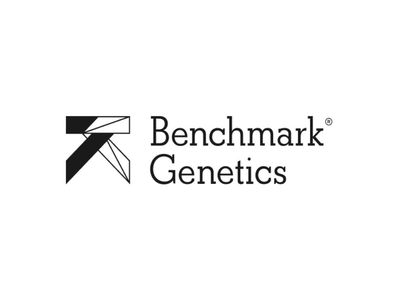

Benchmark Genetics
- Home
- Companies
- Benchmark Genetics
- Products
- SalmoProtect
SalmoProtect
Benchmark Genetics’ Atlantic salmon product range is the result of continuous and systematic development applied to Benchmark’s long-established breeding programs. Using the latest genomics tools, our products are tailored to meet the specific farming conditions, environments, production models and challenges of our customers, with a special focus on fast growth balanced with late maturation, disease and parasite resistance, and harvest quality. From products adapted for organic production, to ova for all-female populations, and ova from ISA-free segments, our product offering aims to provide salmon producers with the best starting point for a successful harvest in every production system, whether for sea or land-based farming. Our offering drives consistency in supply and supports the long-term growth and sustainability of our customers business.
Most popular related searches
salmon ova
salmon producer
breeding programme
breeding program
aquaculture tank
sea lice
atlantic salmon
fishery
breeding
broodstock
- QTL-IPN – High protection against Infectious Pancreas Necrosis
- GS-Lice – Improved resistance to sea lice attachment
Standard and optional traits included in each product package
The SalmoProtect product is available as certified organic ova from Norway (DEBIO) and Iceland (TÚN). The production procedures have to be adapted to comply with the special requirements set by the certification bodies:
- No feeding of the broodfish during the last months of production
- Only certified organic feed is permitted the last 6 months ahead of stripping
- Broodstock tanks for organic production must have separated water systems to completely separate the fish from regular production
- Hormones to induce spawning is not permitted for organic broodstock
- Special requirements for what type of disinfectants to be used for cleaning the tanks and the equipment
- Fish tanks, incubators and packaging is specifically marked with the certifier’s signage
Early sexual maturation is a common problem in high-intensity production systems, such as land-based RAS facilities. When the fish goes into maturation, it stops growing and converts muscle and fat into testes and ovaries.
Benchmark Genetics has been selecting for late sexual maturation in the breeding programmes since the early 1970s; starting with phenotypic selection, moving into family selection in 1991 and further introducing Genomic Selection (GS) in 2017.
